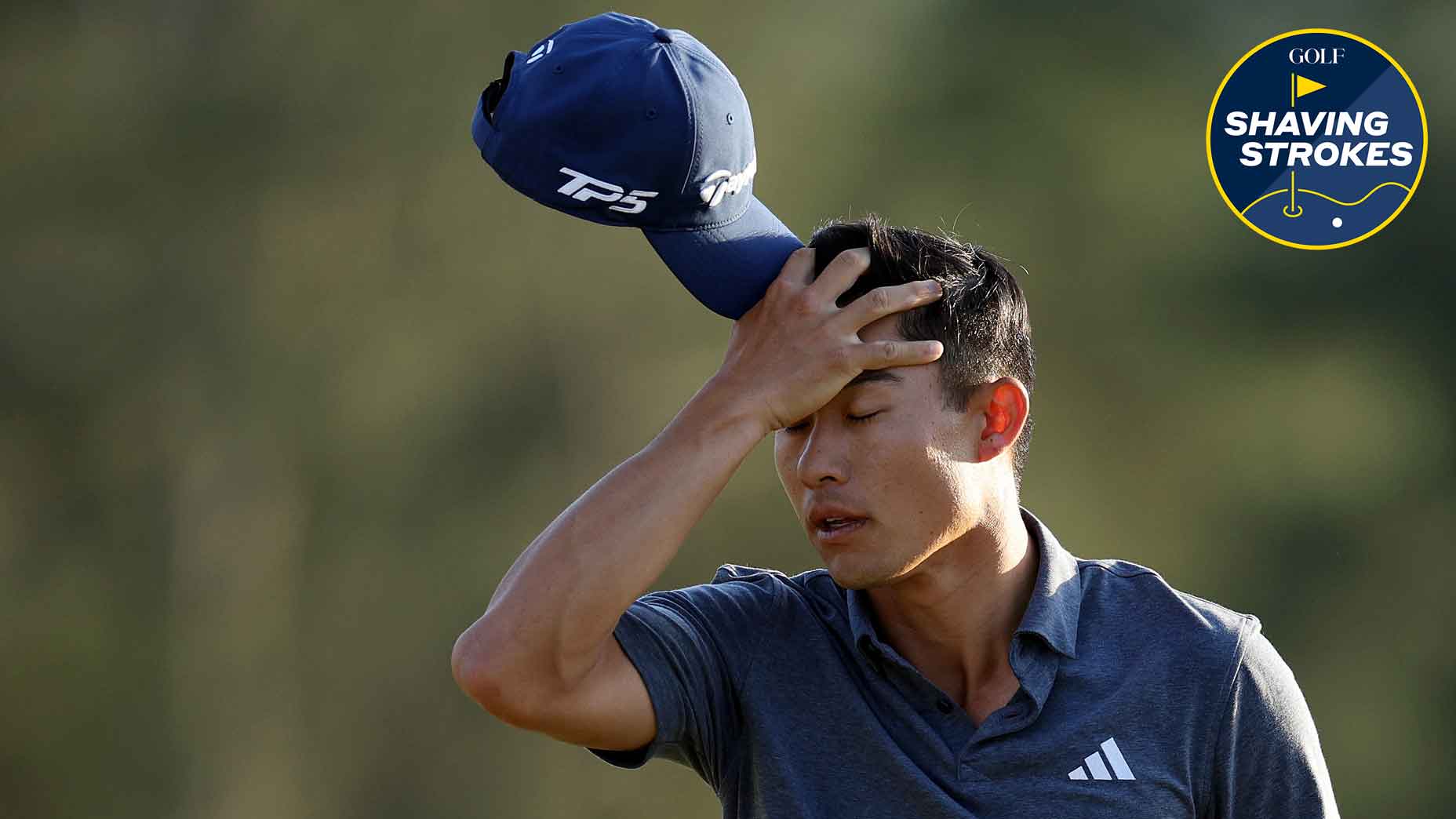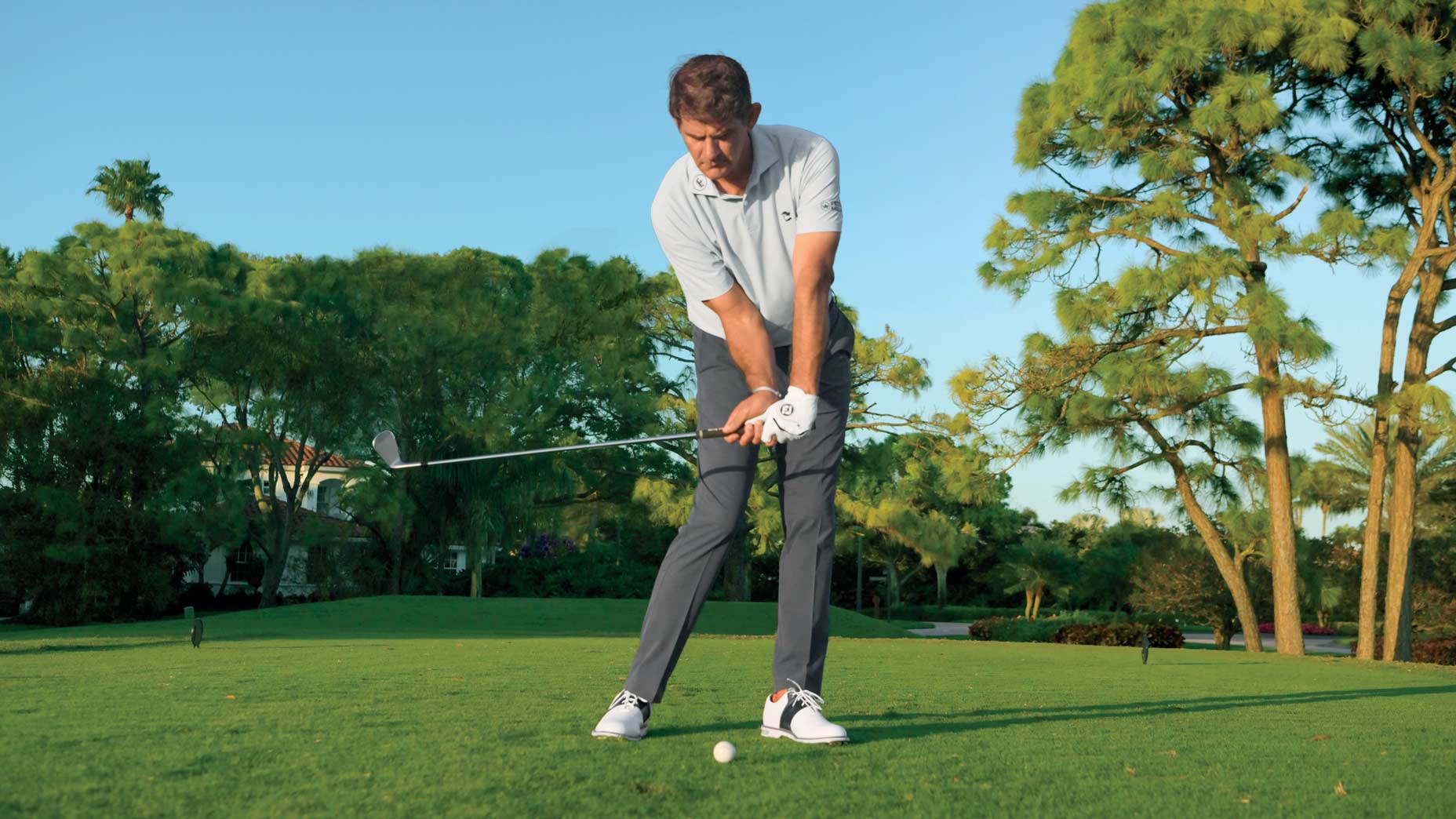In an age of 500-yard par 4s and 6-irons that fly farther than Old Tom Morris’ 1-wood, Bobby Jones’ attunement to the mind, “Golf is a game that is played on a five-inch course — the distance between your ears,” still rings true.
I’ve worked as a mental coach for dozens of PGA Tour professionals over the past 25 years, helping them fulfill their dreams of winning golf’s biggest events. There’s a lot to navigate, as you can image, but whether we’re walking down the immaculate fairways at Augusta National or through gnarly U.S. Open rough, I see in my players’ eyes that the mind is the most daunting hazard out there.
In this new monthly column (and through more content on GOLF.com), I’ll share what I’ve learned and studied, what I talk about with top competitors and how I’ve seen our lessons play out on fairways, greens and, of course, from penalty areas. I love working at the Tour level, but in these pages the tee box is yours. I’ll help you understand what I do and how recreational golfers can benefit from the same principles I teach the world’s top players. No quick slice fixes or putting drills. I’m here to help you navigate that five-inch course.
It starts with self-awareness, which is not an easy trick.
Socrates supposedly said, “The unexamined life is not worth living.” So let’s examine. One of my primary strategies in helping golfers is to get them to identify goals before every event.
The goals vary for each player — it’s personal and based on our work together. That said, there are common themes that I reinforce, and the most common is conscious positive intentions, which represent the key thoughts to remember that day, whether it’s a Monday qualifier on the Korn Ferry Tour or the final round of a major. Often, all it takes is a simple message — distilled into a few easy-to-remember lines — to make a difference. Most important, however, is that the message needs to be absolutely positive.
9 ways to improve your mental game (and maintain your composure)By: Nick Dimengo , Jon Sherman
As the late — and often cited — psychologists Amos Tversky and Daniel Kahneman found, loss aversion is a strong force. We prefer avoiding losses to acquiring equivalent gains. Perhaps that’s why, as a recent golf-specific study by sports psychologists Marc Lochbaum and Jarrett Gottardy (1) discovered, players who focused on positive goals played better than those who played with fear of negative outcomes. Obsessive insight and analysis about a problem seldom results in a winning putt.
Think about it: After one of your foursome warns you, “Don’t go left,” how many of your drives make a beeline for the drink? The avoidance advice hurt your performance. You would have been better off simply selecting and focusing on your target. Sure, motivation based on avoidance can have positive outcomes, but, often, it’s been proven to cause a bad case of energy drain. Knowledge of relevant hazards is useful, but it’s not a goal. No one likes taking penalty strokes, but positivity is paramount.
Many of my players ask the same question: “Why does it work like that?” We all tend to underestimate how powerful it can be for our concentration and focus if we reinforce good energy and maintain an “affirmational” mindset. The elite athletes who find their optimal mental attitude are the ones who end up pulling away from the pack.
I’ll continue with the first of two paradoxes: Should you focus on mastery and learning to be the best you can be, or does that acknowledgment of a “natural limit” create in your mind the possibility of being less than your best? I get it. In a perfect world, we’d set goals we know we can achieve. But then we’d never grow.
Your best bet is to set goals that reinforce energy and concentration with specific steps related to what you’re trying to do. Between shots, you have 30 seconds, at most, to think about what went wrong before you step into the next one.
The second paradox is aligned with golf’s tendency to favor the counterintuitive. For example: The lowest score wins, swinging left sends the ball to the right, smoother swings sometimes produce longer shots than speedy ones. This trend is true of the mental game too.
Every golfer knows that your external reality — blow-up holes, bad contact, bad reads, etc. — can influence your internal state. But the reverse is just as true: Your internal state can create your external reality.
The 1 mental mistake recreational golfers make way too oftenBy: Zephyr Melton
Golf is about setting goals that bring you energy and fun, and when you’re having more fun you’re in a happy place. Ben Hogan, one of the greatest champions in the history of the game, said he was happy to hit just one or two perfect shots per round. There was something smart happening on the Hawk’s personal five-inch course, and everyone — from high-handicaps to scratch players — would be wise to play the game the same way.
Next month we’ll talk about neuroscience as it relates to goal setting, including a concept called peak flow. Until then, have fun!
Julie Elion has worked with half of the top 10 earners of all time, representing over $500 million in career earnings, 150 PGA Tour wins and 25 major championship wins.
References:
(1) LOCHBAUM, M., GOTTARDY J. 2O15. A META-ANALYTIC REVIEW OF THE APPROACH-AVOIDANCE ACHIEVEMENT GOALS AND PERFORMANCE RELATIONSHIPS IN THE SPORT PSYCHOLOGY LITERATURE. JOURNAL OF SPORT AND HEALTH SCIENCE 4, 164E173.













